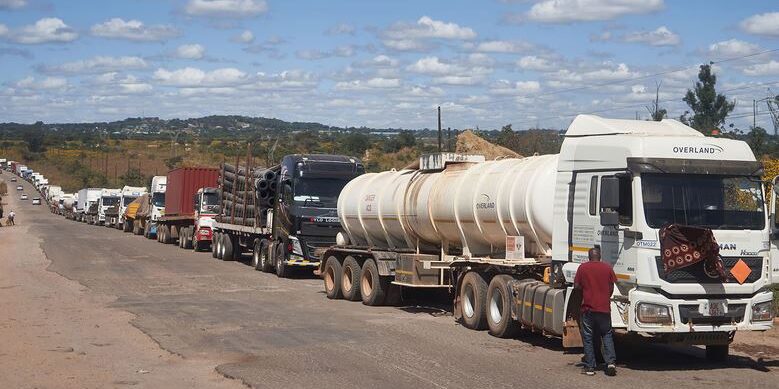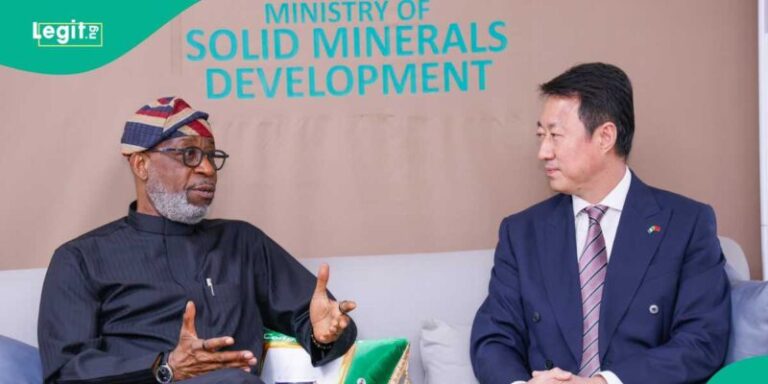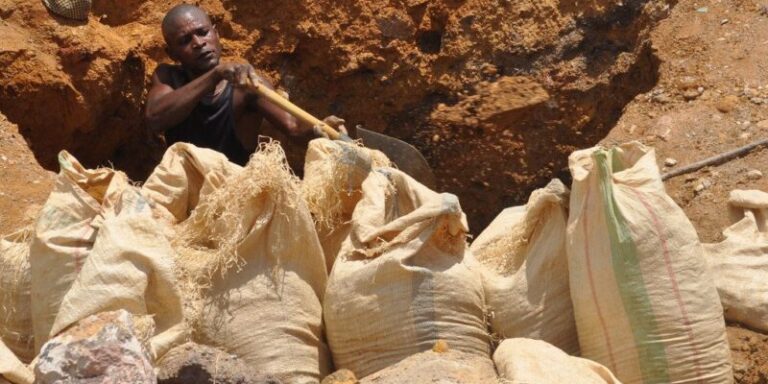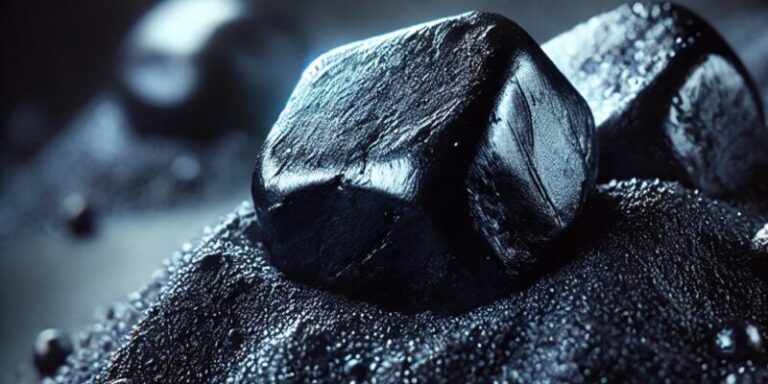
An ambitious $850 million road project aimed at connecting copper and cobalt mines in the Democratic Republic of Congo (DRC) through Zambia to an East African port is set to significantly reduce travel distances for mining companies.
The groundbreaking ceremony for the project took place at the site where a crucial part of the route, a 345-meter (1,130 feet) bridge over the Luapula river separating Congo and Zambia, will be constructed. This landmark event was attended by Congo’s President Felix Tshisekedi and Zambia’s Hakainde Hichilema.
The road construction project is being undertaken by GED Africa, headquartered in Mauritius and backed by Hungarian construction firm Duna Aszfalt Zrt.
While major construction work will commence after the upcoming rainy season, the entire project is expected to take approximately three years to complete, according to GED.
Key elements of the project include the construction of one-stop border posts between Zambia and Congo and the establishment of tolling plazas.
The primary objective is to alleviate congestion issues faced by mining companies trying to transport supplies to copper and cobalt operations in Africa’s largest producer.
The existing routes often take over a month due to congested border crossings and poorly maintained roads.
With the expansion of production in metals vital for the energy transition, such as copper, cobalt, and lithium, efficient transportation has become increasingly crucial.
These minerals are critical components of renewable energy technology and a low-carbon future.
GED emphasized, “The green energy transition has increased demand exponentially, and as production volumes increase, road modernization is critical.”
The comprehensive modernization, construction, and expansion of 184 kilometers (114 miles) of highway will notably expedite the movement of trucks traveling from Lubumbashi in the DRC to the Tanzanian port of Dar es Salaam.
For financing, GED is currently in discussions with the Trade and Development Bank and the African Finance Corporation. The funding structure is expected to comprise 70% debt and 30% equity from the company itself.





